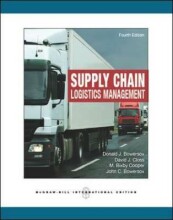Production and technological change
8 important questions on Production and technological change
Why is the quadratic functional form a flexible function form in contrast with a Cobb-Douglas function?
Give an interpretation of the scale parameter
Some technical developments are established in business by R&D. Give examples.
- Higher grades + faster learning
- Never study anything twice
- 100% sure, 100% understanding
Some technical developments are established by R&D supported by government. Give examples
What is price endogenous technical development? Can you give an example in horticulture?
Suppose that use of pesticides has to be abolished completely because of governmental regulation. How can this be observed in production functions and in technological change as described in this chapter?
“The development of GMO techniques might cause a process as described in the treadmill theory of Cochrane”.
There are producers who do not want to use GMO breeds. Why would they be a supporter of GMO labelled food?
The question on the page originate from the summary of the following study material:
- A unique study and practice tool
- Never study anything twice again
- Get the grades you hope for
- 100% sure, 100% understanding
































